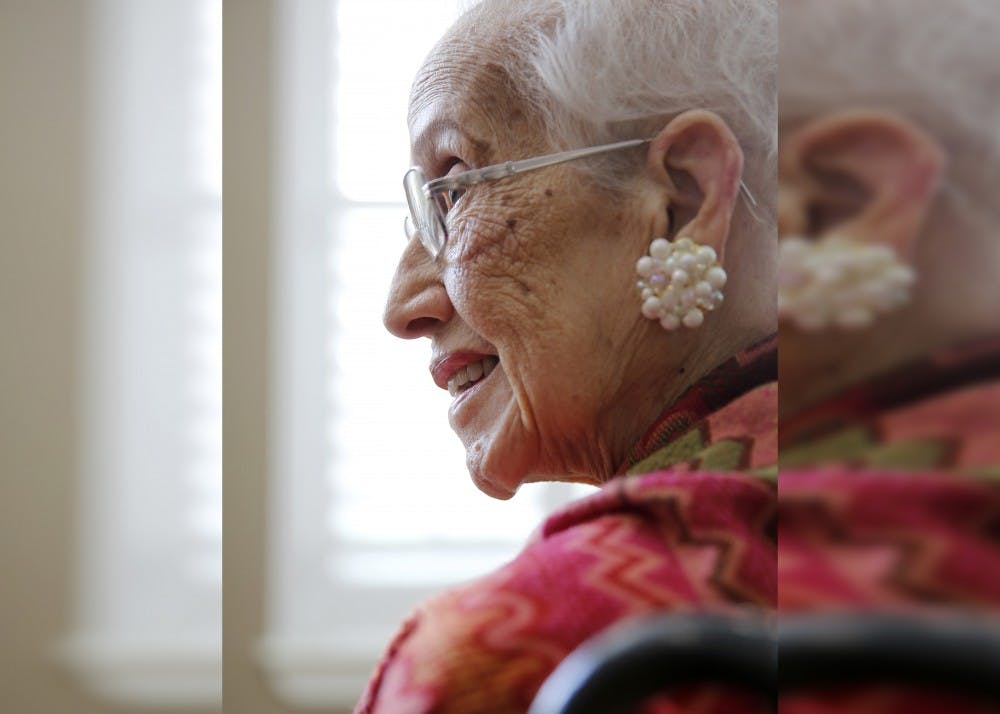NASA recently set out to complete its first all-female spacewalk, but it did not go to plan. Anne McClain was replaced by fellow astronaut Nick Hague, due to a lack of a suitable size for the torso of her spacesuit.
While McClain defended the decision to end the first female-only expedition and proposed the decision in the first place, it is still evident that women need to be represented and supported in science, because the number of women in STEM is low, even if they have grown since the 1990s.
According to NPR, the opportunities for more women to go into space may have decreased because of the sizes of spacesuits. Though a small size was made in the 1990s, it was taken out due to technical issues.
This was in 2006. However, resources come into play surrounding the discussion of suits that are made to fit both genders.
“Do we spend around $15 million to accommodate, relatively speaking, a few more people than we could today?" said Lara Kearney in an NPR article last week. "Or, do we take that money and turn it towards the suit development for the next generation?” Kearney serves as the deputy manager of the Gateway Program, which plans to “extend human exploration into deep space and new destinations through a resilient and evolvable space infrastructure”, and worked on the smaller spacesuits as well.
While Kearney is fair for considering conserving funds for a next generation, it still does not take away the issue of underrepresentation and gender inequality at NASA, and in science education and the workforce.
If these issues were solved, an all-female expedition would not have ended simply because of suits made for men.
Currently, 12 of the 38 active astronauts at NASA are women. This is included in the total number of astronauts where 59 of the 534 astronauts are women. Though the former is nearly half of the total, the latter is disappointing to say the least.
The first woman in space was Valentina Tereshkova in 1963, and the first black woman at NASA was Katherine Johnson, who began working there 10 years prior to Tereshkova’s expedition. However, NASA did not have its first-female astronaut until 1984.
Though the gender gap has progressively narrowed since the first female astronaut flew away from Earth, it has by no means dissolved. According to research conducted in 2017 by the National Center for Science and Engineering Statistics, 15.1% of women have jobs in science and engineering, while 33.7% of men have jobs in these fields.
One of the first steps to take in order to eliminate the evident gap is to support women in these fields and to support those that want to pursue a path in science. By creating more educational opportunities, eliminating the wage gap and giving recognition to those that pushed us further, like Johnson and Tereshkova, we would be providing more support for current and future STEM women.
Many organizations and universities have done this. Dartmouth College and The Field Museum offer special scholarships, internships and other opportunities to women in science.
Indiana University provides great support as well, with the Center of Excellence for Women in Technology and the Women in Science, Technology, Engineering and Mathematics Living-Learning Center.
Supporting women in the sciences is a great way to not only bridge the gender gap, but create more change and discovery within them.





